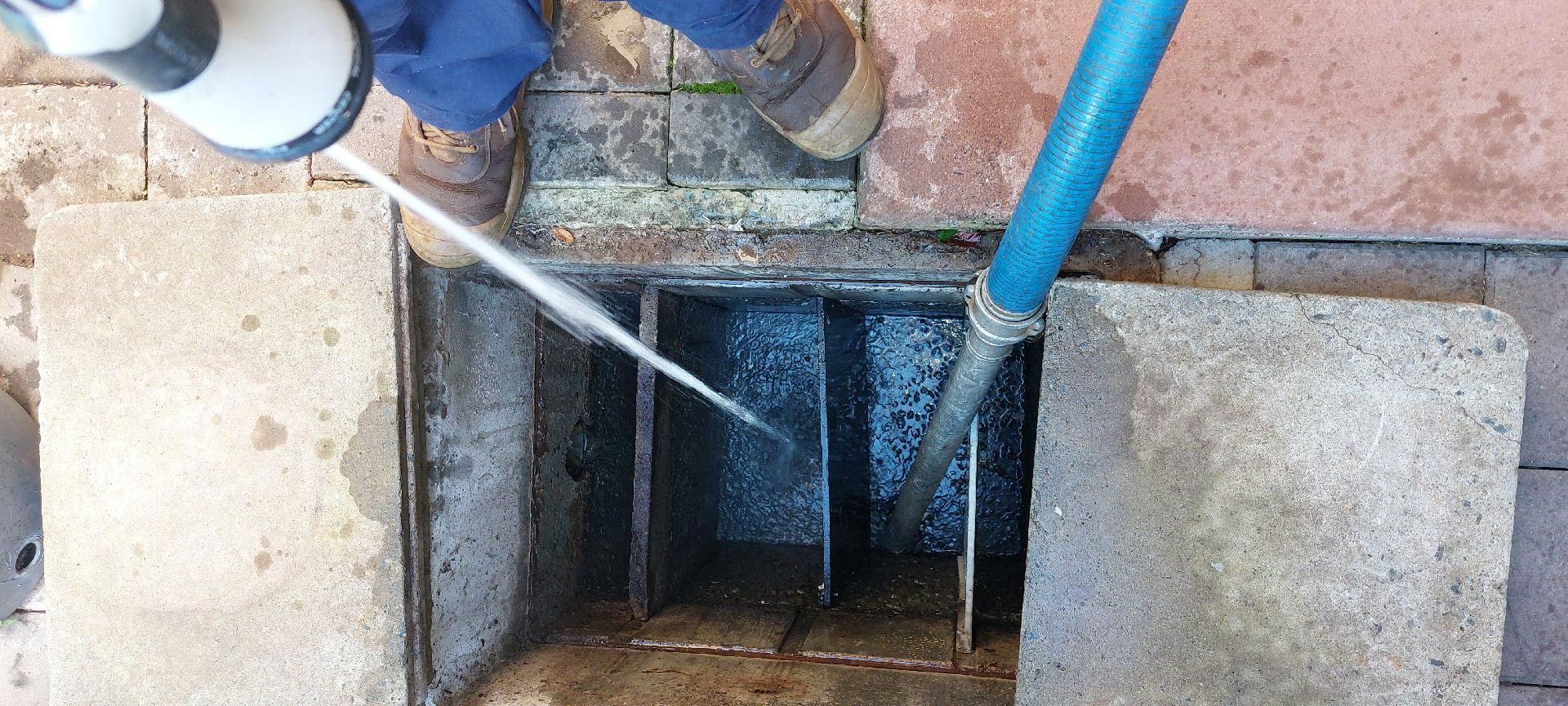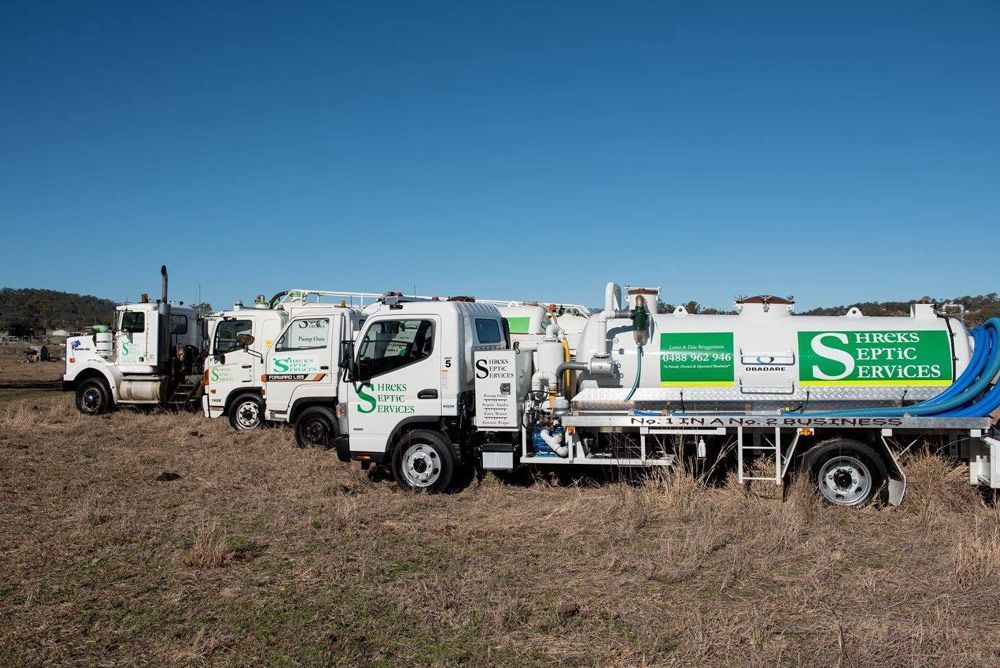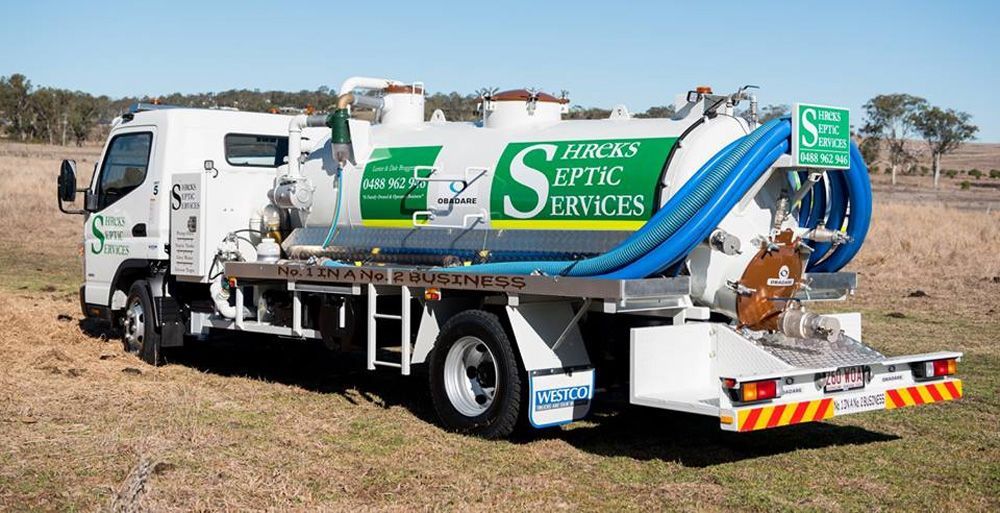Septic Tank Sizing Guide
Septic tanks play a critical role in disposing wastewater from homes not connected to a public sewage system. These tanks are designed to receive, treat and dispose of household wastewater. However, to function effectively, septic tanks must be appropriately sized. In this blog, we’ll provide a sizing guide to help you select the right tank for your household.
Why Proper Septic Tank Sizing Is Important
Septic tanks are designed to hold and treat wastewater for a specified period before the treated effluent is discharged into the soil. If a septic tank is too small, it won’t have enough capacity to hold the wastewater long enough for the treatment process to be completed effectively. This could result in untreated wastewater being discharged into the soil, which could cause health and environmental problems.
On the other hand, if the septic tank is too large, it may not generate enough heat or agitation to keep the contents properly mixed. This can result in the formation of odorous gases, which can escape into the environment and cause unpleasant odours. A tank that’s too large may also require more frequent pumping to remove the accumulated solids and sludge. This can result in higher maintenance costs and inconvenience for the homeowner.
Calculating The Required Septic Tank Capacity Based On Household Size
Following AS/NZS 1546.1:2008 guidelines, a household with 4-6 bedrooms should have a septic tank with a minimum capacity of 4,500L if they generate an average amount of wastewater. However, this relies on various assumptions, so it’s recommended to seek the guidance of local wastewater professionals for accurate sizing.
Factors To Consider When Choosing A Septic Tank Size
When selecting a septic tank size, there are several factors to consider, including:
- The number of people in your household
- The number of bathrooms in your home
- The size of your home
- The soil type on your property
- The slope of your property
- The location of your septic system in relation to your home and other structures
Common Mistakes To Avoid When Selecting A Septic Tank Size
One common mistake homeowners make when selecting a septic tank size is choosing a tank that is too small. This mistake could result in frequent backups and expensive repairs. Another common mistake is choosing a tank that is too large, which could increase installation and maintenance costs.
In conclusion, selecting the appropriate size for your septic tank is essential for the efficient and effective treatment of household wastewater. By following the septic tank sizing guide above, you can avoid costly mistakes and ensure your septic system functions optimally for years to come. If you need assistance selecting and installing a septic tank, contact a professional septic service provider in your area, like Shrek’s Septic Services.




